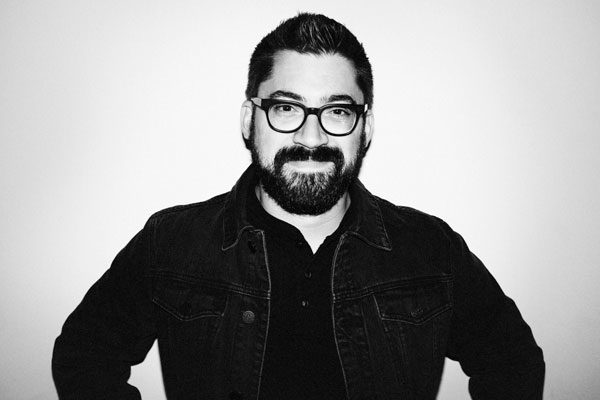
Click here to subscribe.

Click here to subscribe.
I somehow got photographer Sally Mann to do a typewriter interview. It’s great. You can read it here.
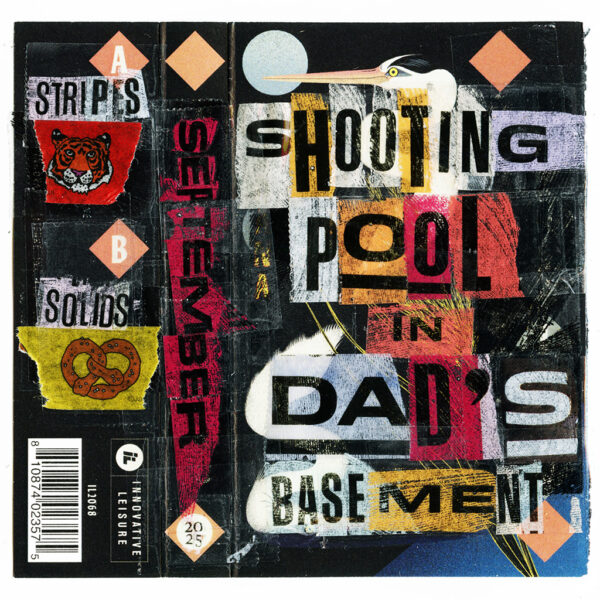
Here’s another new monthly mixtape made from a sealed, pre-recorded cassette I got for 99 cents. I tape over the cassette’s protection tabs and then I tape over the music and then I tape over the artwork.

This one gave me some technical difficulties. I actually destroyed two cassettes trying to record it, so I wound up with a cassette that was longer than I thought it’d be, so I had a little Side A / Side B fun and made Side A (mostly) songs that my dad likes and Side B songs from my dad’s era that I like.
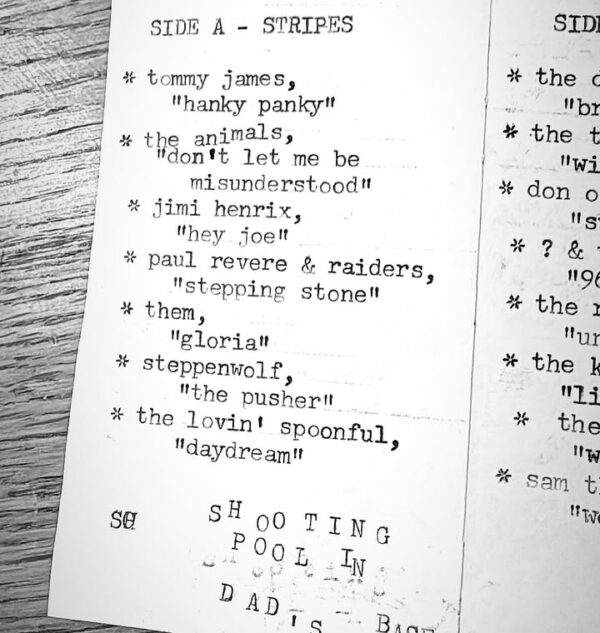
Dad was born in 1954, so his peak nostalgia zone — the music he heard as a tween/teen in the mid to late 60s — just happens to be some of the best music ever recorded. (A few of his favorites didn’t make it here: The Byrds’ “Tambourine Man,” Creedence’s “Suzie Q,” Procol Harum’s “Whiter Shade of Pale,” etc.)
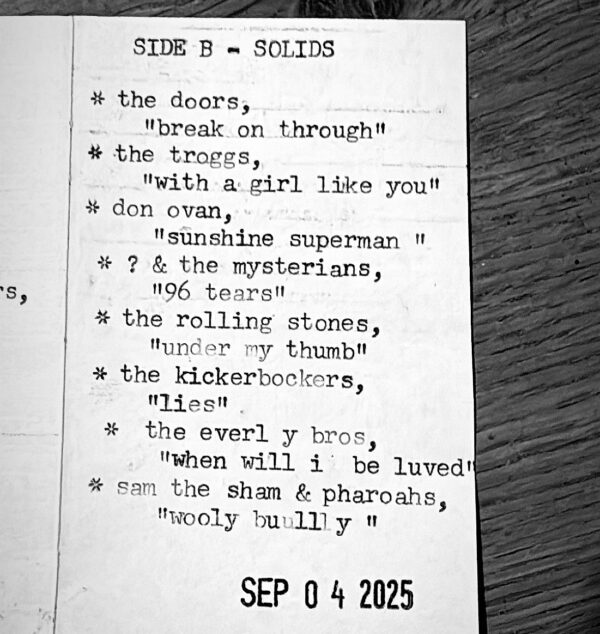
I’d had the idea for the tape for a while, but Walter Martin’s organ episode gave me the final push to make it. Putting it together made me realize how much I really genuinely love Boomer music — I can’t help it!
Listen on Spotify, Apple Music, or YouTube.
Filed under: mixtapes
I have been drawing succulents. As I explain in my letter, “For no good reason”:
I continue to wear down my new Caran d’Ache pastels. Right now I’m drawing succulents that I see on my morning walks onto old sheet music and pages from thrifted books. I’m not sure what I’m doing or why I’m doing it or what I’m going to do with these drawings. “It’s a good way to do stuff,” Ralph Steadman says. “For no good reason.”
Not included in that letter is my attempt at a much larger drawing:
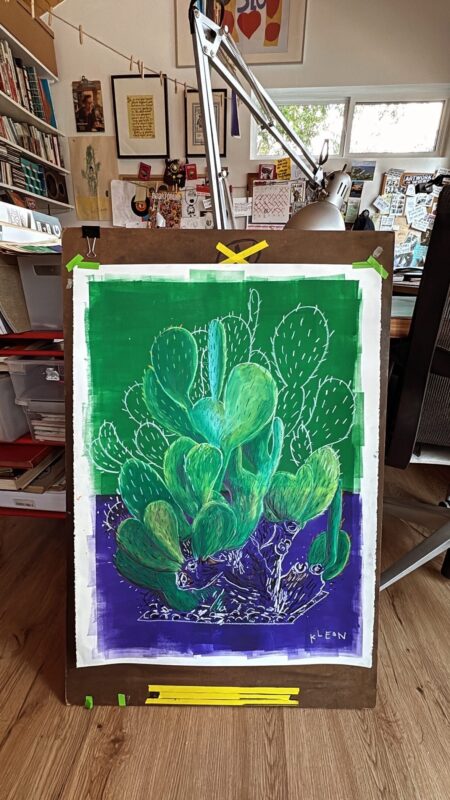
In my letter “Just cut stuff” I wrote about working on the copyedits of the manuscript for Don’t Call It Art, and how you don’t have to rewrite what’s not there:
Whenever I find myself snagged on a suggested edit, the first thing I ask myself is: Does this even need to be here?
I find the easiest thing to do with something that isn’t working in a piece of writing is to just cut it out completely.
In my letter “All publishing is self-publishing,” I shared my 3 tips for self-editing:
The best editor is you… tomorrow, print your work out and edit it by hand, and record the audiobook before you finish the manuscript!
The easiest thing to write about when you’re writing is writing and the easiest thing to write about when you’re editing… is editing.
I’ve often joked that if I were to write a parenting book I’d call it Parent Like A Librarian.
At the library, there are strict rules for behavior that create an environment in which anyone can learn, but there is no agenda, no plan — only time, space, and resources.
The librarian is there to serve whoever comes through the door by connecting them with what they need.
The librarian creates and maintains a collection of materials, makes spaces in which people can work and study, and curates programming tailored to the interests of the humans they serve.
The librarian does not demand any results, does not ask us to be anything other than what we are.
The library is a truly lifelong learning environment — our relationship with the library never ends. As we grow and change, the librarian connects us with what we need.
Read more: “Why our house is a library”
This site participates in the Amazon Affiliates program, the proceeds of which keep it free for anyone to read.